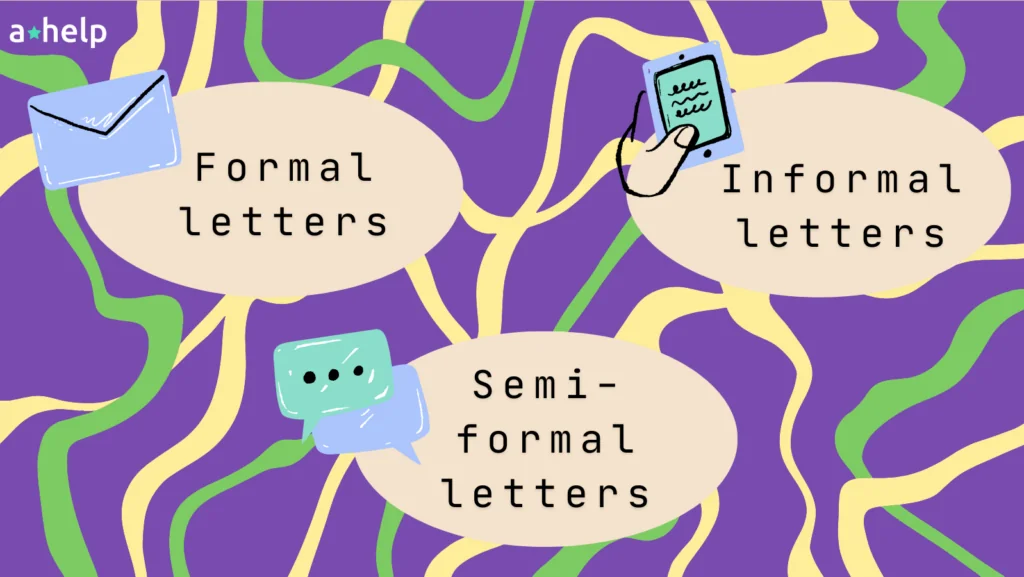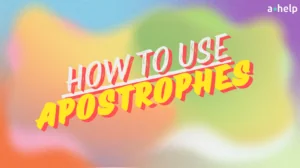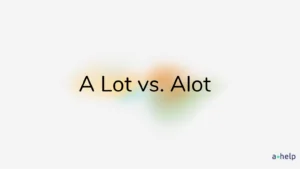Stuck while writing a letter? You’re not alone. Many people find it challenging to wrap up their thoughts with the right closing. How you end your letter is just as important as how you start it. A well-chosen closing can leave a positive, lasting impression on the reader. It shows respect, sets the tone, and can even influence how your message is received. To make sure it is written correctly, add a grammar checker to your writing routine.

✅ AI Essay Writer ✅ AI Detector ✅ Plagchecker ✅ Paraphraser
✅ Summarizer ✅ Citation Generator
Ending a letter properly is practically like tying a neat bow on a gift. It signals that your message is complete and adds a touch of professionalism or warmth, depending on the context. It doesn’t matter if you’re writing a formal business letter, a semi-formal note to a colleague, or a casual message to a friend, choosing the right closing can make all the difference.

Formal Closings
Formal closings are the sign-offs you use at the end of letters or emails in professional settings. They help you wrap up your message with respect and professionalism. Think of them as the final touch that leaves a lasting impression.
Here are some common examples of formal closings:
- Sincerely
- Yours faithfully
- Respectfully
- Kind regards
- Yours truly
- Warm regards
- With respect
- Yours sincerely
- Cordially
- Yours respectfully
- With best wishes
- Yours appreciatively
- Best regards
- With gratitude
- Respectfully yours
You might be wondering when to use these formal closings. They’re typically used in business letters, professional emails, cover letters, and official correspondence. For example, if you’re writing to a potential employer, a client, or someone you don’t know well, a formal closing is the way to go.
When you use a formal closing in the right context, it shows that you understand and respect professional norms. It makes your message sound polished and thoughtful. Whether you’re applying for a job, responding to a business inquiry, or thanking a mentor, picking the right formal closing can make a big difference.
Semi-Formal Closings
Semi-formal closings are the sign-offs you use when you want to strike a balance between professional and casual. They are less formal than “Yours sincerely” but still show a level of respect and friendliness. These closings are perfect for situations where you know the person but want to maintain a certain degree of professionalism.
Here are some examples of semi-formal closings:
- Best wishes
- With warm regards
- Regards
- All the best
- Best
- Warmest regards
- Take care
- Many thanks
- Yours
- Cheers
So, when should you use semi-formal closings? They are ideal for emails and letters to colleagues, acquaintances, and people you have a friendly but professional relationship with. For instance, if you’re writing to a coworker you collaborate with regularly, a client you have a good rapport with, or even a teacher or mentor, a semi-formal closing works well.
Using semi-formal closings can make your communication feel more approachable while still being respectful. It shows that you value the relationship but don’t need to be overly formal.
Informal Closings
Informal closings are the friendliest sign-offs you use when writing to people you know well. They’re relaxed, casual, and perfect for personal communication. These closings show warmth and familiarity, making your message feel more personal and approachable.
Here are some examples of informal closings:
- Cheers
- Take care
- See you soon
- Talk to you later
- All the best
- Bye for now
- Warmly
- Catch you later
- Hugs
- Love
- Later
- Peace
- XO
When should you use informal closings? They are great for emails and letters to friends, family, and casual acquaintances. If you’re writing a quick note to a friend, a birthday message to a family member, or a thank-you letter to someone you know well, an informal closing is perfect. These closings create a sense of closeness. They show that you are comfortable with the person you’re writing to and want to keep the tone light and friendly. It’s a way to end your message on a positive note.
Creative and Personalized Closings
Personalizing your letter’s closing can make it stand out and feel special. It adds a personal touch that reflects your relationship with the recipient and the content of the letter. Of course, you should think about whether it is appropriate to address your recipient with “cheers, bestie” since it’s not always the best choice.
| Personalized Closing | Context |
|---|---|
| With gratitude | Thank-you letters, appreciation notes |
| Stay awesome | Casual letters to friends |
| Yours in adventure | Letters to travel buddies or adventure enthusiasts |
| Keep shining | Encouragement letters |
| Warm hugs | Family and close friends |
| To your success | Mentorship or coaching letters |
| Peace and love | Friends and family |
| Rock on | Letters to music lovers or bandmates |
| Dream big | Inspirational letters |
| Forever yours | Romantic letters |
When creating a memorable and unique closing, you need to make it fit the tone and content of your letter. How can you create the perfect closing? We got you.
- Match your closing with the main message of your letter. If it’s a thank-you note, “With gratitude” is fitting. For a letter full of encouragement, “Keep shining” works well.
- Consider how you know the person. A close friend might appreciate “Stay awesome,” while “To your success” is more suitable for a professional mentor.
- Choose a closing that feels natural to you. Authenticity resonates with readers and makes your letter more heartfelt.
- Think about shared experiences or inside jokes. “Yours in adventure” could be perfect for a friend you’ve traveled with.
- End on a positive note to leave a good impression. This makes your letter memorable and leaves the recipient feeling appreciated.
Personal touches go a long way in showing you care, and your correspondence becomes something special.
What to Think About When Ending a Letter
When you’re wrapping up a letter, there are a few things to keep in mind to make sure your closing hits the mark. Think about what you want the recipient to do next, what key information you want to highlight, and what kind of feeling you want to leave them with. Let’s break it down with some real examples.
What you want the recipient to do next
If you need the reader to take some action, be clear about it. For example, if you’re asking a colleague to review a report, you could end with something that makes it clear what you need and when you need it.
“I look forward to your feedback on the report by Friday.”
“I hope to get the document back after you take a look at it.”
What information you want to stress
Sometimes, you need to emphasize an important detail. If you’re reminding a client about a project deadline, you might say something that keeps the key info front and center.
“Just a heads-up, the project is due by the end of the month.”
“Don’t forget about our meeting the day after tomorrow.”
What you want the reader to feel
The tone of your closing can set the mood. If you want to show appreciation, you could go with something that leaves the reader with a warm, positive feeling.
“Thanks a ton for your ongoing support. It really means a lot.”
“It was a blast working with you! I really appreciate you as a colleague.”
Now, you can end your letters in a way that’s clear, impactful, and leaves the right impression. The closing is your last chance to communicate effectively, so make it count and keep it personal.
FAQ
Follow us on Reddit for more insights and updates.





Comments (0)
Welcome to A*Help comments!
We’re all about debate and discussion at A*Help.
We value the diverse opinions of users, so you may find points of view that you don’t agree with. And that’s cool. However, there are certain things we’re not OK with: attempts to manipulate our data in any way, for example, or the posting of discriminative, offensive, hateful, or disparaging material.